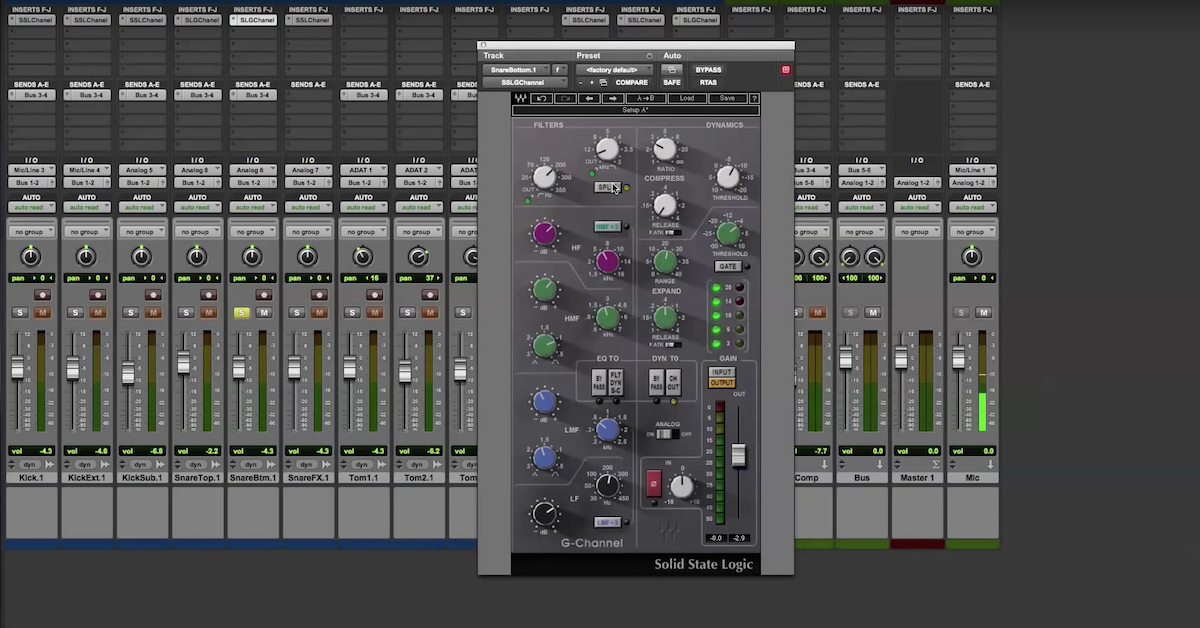
This may seem like a throwaway-an extra effect on top of the modeled character-but it is, in fact, part of the key to that character. If you’re having trouble honing in on the best EQ settings, trying the same settings with both the E and G channel strips can offer a subtle but distinctly different tonal imprint, which can sometimes help nudge you in the right direction.įig 4 The “Analog” switch in the various SSL 4000 Collection plug-ins. The E-series channels strip’s EQ was developed with the input of George Martin (how’s that for a pedigree) while similar in layout, the G-series channel strip EQ has a slight pre-boost dip and pre-cut rise-a response characteristic prized in the classic tube-era Pultec EQs-that distinguish it slightly from the E-series curves. Each has its own slightly different response. There are no less then three variations of the classic SSL EQ on tap here-the ones in the E-series and G-series channel strips, and the separate G-series EQ, which is based on a different circuit than either of the two versions included in the channel strips. Alphabet soup: A/B E & Gīut the 4000 Collection doesn’t just provide one sound. And the included dynamics section, with its variable attack and soft-knee response, provides a compression characteristic between the sound of vintage tube and FET units and the squash of modern devices. Sharper curves and a wider “Q” (bandwidth) range let you dial up a bit more of the distinctive ’80s crispness and punch that characterizes the sound of so many recordings from that era.

Compared with the relatively broad, smooth curves of many competing products (like the classic Neve EQs), the SSL’s EQ-captured faithfully here-offers up the potential for an edgier response. What gives both the originals and these models their particular quality? Most people would attribute the characteristic “SSL sound” to the EQ sections, primarily. In this case, that’s the sound of the console(s) probably used on more recordings throughout the ’80s and ’90s than any other single piece of gear. Obviously, one of the reasons for going with a set of processors like this is their ability to emulate the sound of the vintage gear they’re modeled on.

But-vintage pedigree aside-what do these processors offer over and above the many other EQ and dynamics plug-ins out there, including the ones that come with every DAW? Here are a few tips and suggestions for getting the most out of the SSL 4000 Collection.


 0 kommentar(er)
0 kommentar(er)
